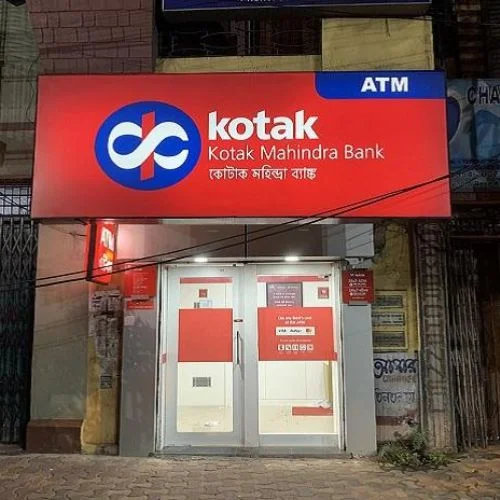According to data released by the Federation of Automobile Dealers Association (FADA), there was a 16% year-on-year (YoY) increase in automobile retail sales in February. This growth was primarily driven by the onset of the wedding season and the change in onboard diagnostics.
Despite this positive trend, the sales figures for February 2023 remained 8% lower than those for February 2020, prior to the Covid-19 pandemic.
All categories of automobiles experienced double-digit YoY growth, with the two-wheeler, three-wheeler, passenger vehicle, tractor, and commercial vehicle segments growing by 15%, 81%, 11%, 14% and 17% respectively.
According to Manish Raj Singhania, President of the Federation of Automobile Dealers Associations (FADA), two-wheelers have observed a 15% year-on-year growth. However, sales were down by 14% in comparison to the pre-Covid month of February 2020. Singhania cited the change in On-Board Diagnostics (OBD) regulations, which will come into effect from April, and the wedding season as the key factors that have contributed to the sustained sales. Nonetheless, high inflation and a lack of positive consumer sentiment have prevented customers from making purchases.
On the other hand, the three-wheeler segment has experienced significant growth of 81% YoY and grew by 3% compared to February 2020, before the pandemic struck. Singhania attributed this growth to the subsidies provided by both the central and state governments and the effective promotional schemes by the states. Additionally, aggressive financing schemes have also contributed to the expansion of this category.
In the passenger vehicle segment, there has been a noteworthy growth of 11 percent year on year and 16 percent when compared to February 2020. This has been attributed to the launch of new models, consistent improvement in supply, a favorable booking-to-cancellation ratio, and an increase in demand from wedding events.
Similarly, the commercial vehicle category has also exhibited a sturdy growth of 17 percent in the current period, although it did experience a decline of 10 percent in comparison to February 2020. The rise in walk-in enquiries during this period can be attributed to the upcoming price hikes due to changes in OBD norms. Furthermore, the government’s increased investment in infrastructure has also been a contributing factor in driving better sales.
Overall, these positive trends in the automotive industry can be attributed to various factors, such as improved market conditions, favorable government policies, and the launch of new and innovative models.
The automotive consortium has issued a proclamation that the forthcoming month of March, which encompasses a multitude of festivals like Holi, Ugadi, Gudi Padwa, and Navratri, is anticipated to provide a fillip to auto vending. Furthermore, with the procurement of automobiles being smoother, it being the concluding month of the fiscal year, and a transformation in OBD norms from April that will culminate in augmented automobile prices, the industry might observe OEMs rolling out stratagems to bolster escalated sales. The consortium has also proclaimed that the typical stockpile for passenger vehicles ranged from 35 to 37 days, while for two-wheelers, it was 20 to 25 days.
In the two-wheeler segment, Hero Motocorp experienced a slight decrease in market share from 31.55 per cent in February 2022 to 30.83 per cent in February 2023, while Honda Motorcycle and TVS Motor saw a minor increase during the same period.
Bajaj Auto increased its market share in the three-wheeler segment to 37.9 per cent, compared to 35.27 per cent last year. Tata Motors, the leader in the commercial vehicles segment, saw its market share decline from 42.13 per cent last year to 38.32 per cent in February. Mahindra and Mahindra, with 23.85 per cent, and Ashok Leyland, with 16.87 per cent, were among the top three in terms of market share.
Maruti Suzuki, the market leader in passenger vehicles, experienced a slight decrease in its share from 42.36 per cent last year to 41.4 per cent this year.
Read More-Auto component replacement demand estimated to grow 6-8% in FY24: Report















